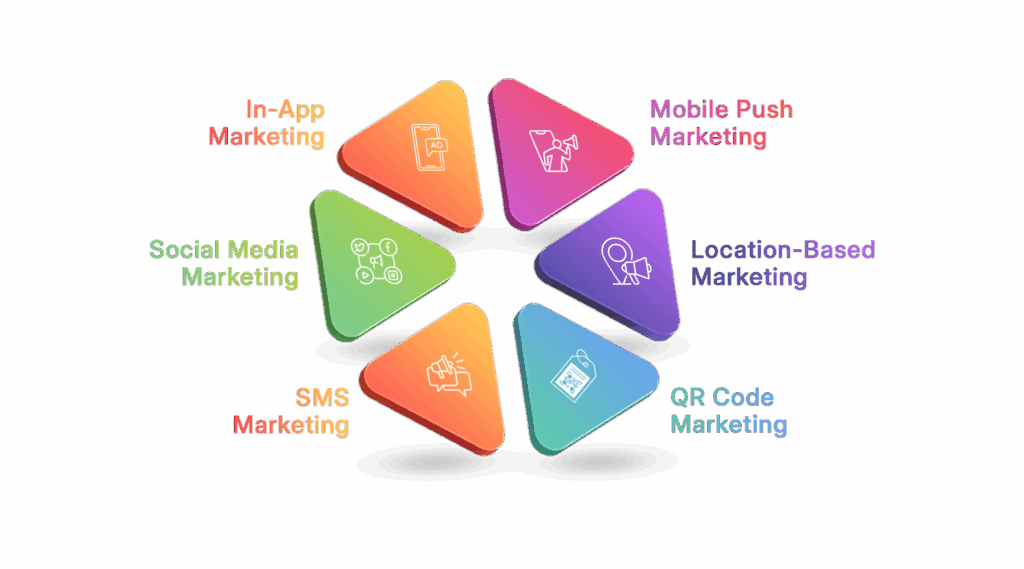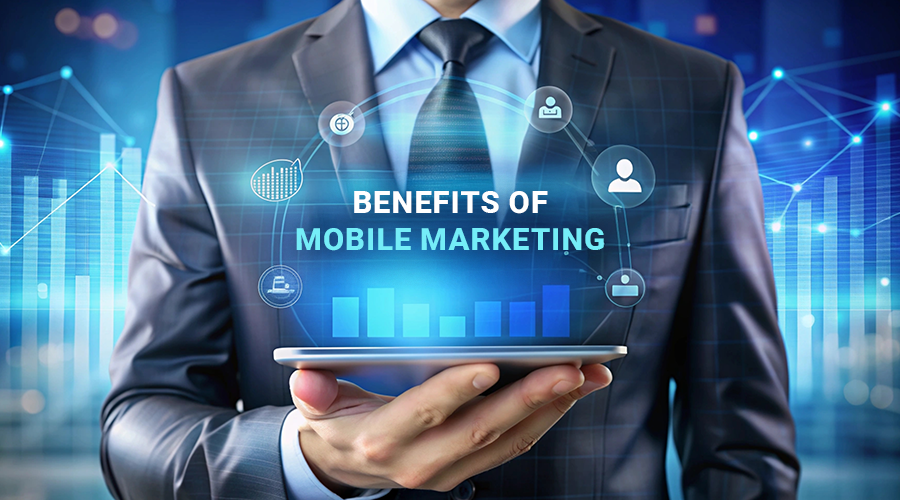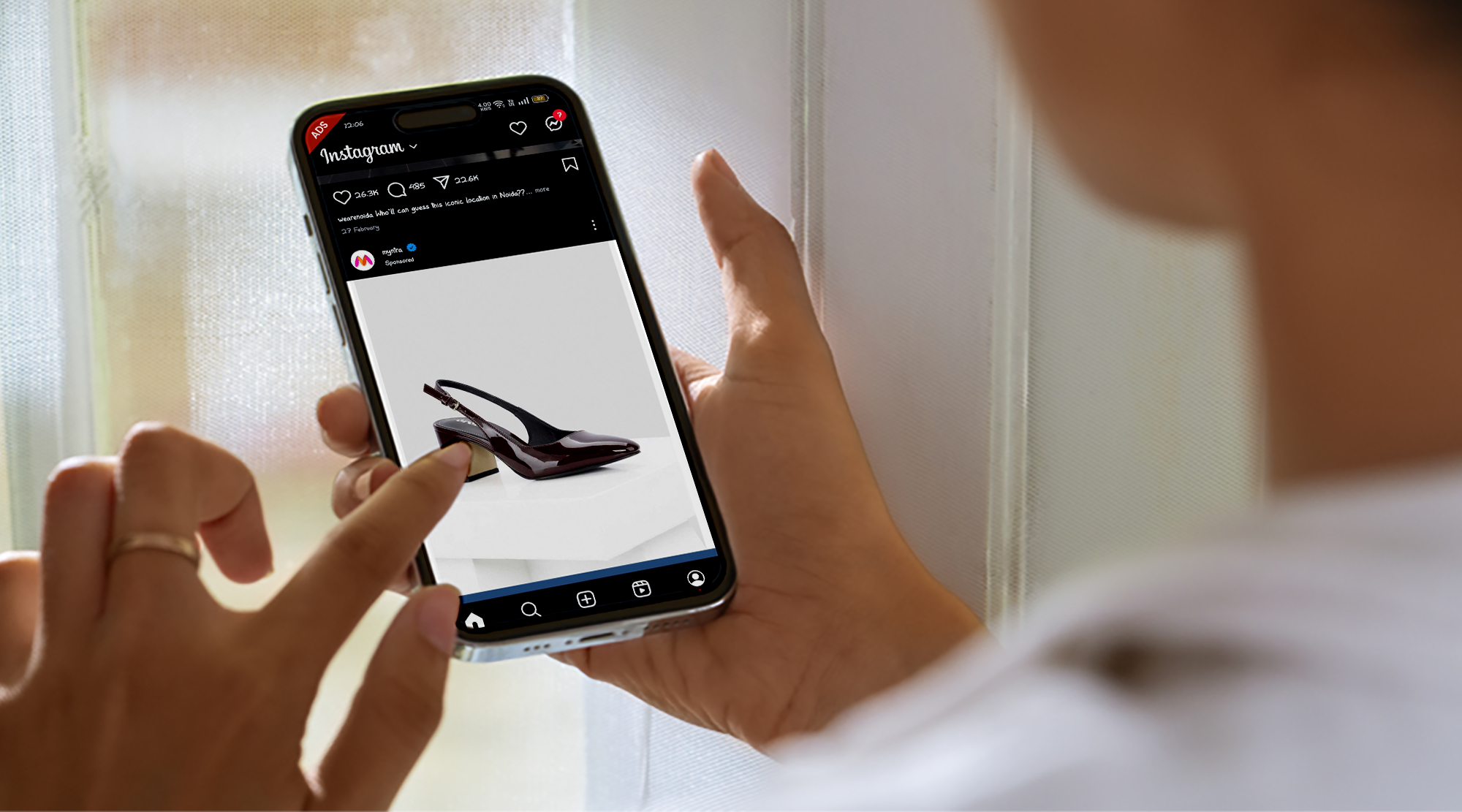In the marketing industry, “mobile advertising” refers to engaging customers through smartphones and tablets using various channels, such as SMS, MMS, apps, and mobile-optimized websites.
Let’s define mobile channels:
You will find various mobile channels to operate:
- SMS/MMS – You can send text as well as multimedia messages.
- Mobile Apps – Engaging in-app marketing and push notifications
- Mobile-Optimized Websites – Easy to access and user-friendly.
- Social Media – Utilizing social platforms
- Location-Based Marketing – Targeted messages are sent based on the user’s location.
Why Should Businesses Opt for Mobile Advertising?
Businesses use mobile delivery advertising to connect with customers, build brand awareness, attract new clientele, and increase loyalty.
Here are 5 reasons to choose:
- Access: These devices are a powerful tool for reaching audiences anytime and anywhere.
- Customized Experience: Using users’ data and preferences, personalized campaigns are used to target.
- Real-time Engagement: Delivers timely and relevant messages for on-time engagement.
- Cost-Effective: Mobile app advertising is cost-effective compared to traditional marketing because it helps to reach a larger audience.
How does Mobile Delivery Advertising work?
- Promotional Text Messages: Discount codes and special offers via SMS
- Push Notifications: Users are notified about the features and promotions in-app.
- Landing Pages: Mobile-optimized websites.
- Targeted Ads: As per users’ locations, ads are targeted at them.
- Mobile App Marketing: Customers are engaged through in-app messages, promotions, and loyalty programs.
6 Types Of Mobile Delivery Advertising

1. In-App Marketing
In-app marketing uses banners, overlays, and messages to engage active users and promote your offerings seamlessly. It enhances user experience while driving conversions. When promoting others, formats like video or full-page ads help expand reach through popular apps.
2. Mobile Push Marketing
Through this, you can send marketing messages to different devices using push notifications. This helps in providing relevant information to the clientele even if they are not using the website or app. Mobile push notifications are an effective and simple way to connect.
3. SMS Marketing
Marketing via text messages and SMS marketing is the best. Send promotions, alerts, offers, and more to your active and potential users’ phones.
4. Social Media Marketing
In today’s digital era, social platforms have billions of users. It acts as the best way for marketers to promote their products. Facebook ads, promoted tweets, Instagram shops, or shoppable pins are some examples. It’s the quickest and easiest way to advertise and promote the brands.
5. Location-Based Marketing
This type of marketing helps you target audiences according to their location through devices. You can use a specific campaign to make it feel relevant.
6. QR Code Marketing
QR code marketing helps to create website links that can be further used to download the app, get reviews, or sign up for the newsletter. QR code marketing lets you engage more customers and can be used for any marketing purposes.
Benefits of Mobile App Advertising

1. Cost-Effectiveness:
- Mobile advertising is far less expensive than conventional marketing since the former facilitates greater coverage with a lower budget.
- SMS marketing, in-app promotions, and social media ads are a few cost-efficient options.
- Mobile app advertising can be much less expensive than conventional modes of advertising, enabling businesses to cover a greater number of people with a low budget.
- SMS marketing, social media advertising, and in-app promotions are some cost-efficient mobile advertising strategies.
- Small enterprises can use mobile delivery advertising to connect with customers without disproportionately spending.
2. Wider Reach and Accessibility:
- Mobile marketing offers a massive potential audience, as there are billions of people using devices.
- Individuals use their devices frequently, which means they can be targeted with marketing messages more easily.
- Mobile marketing enables companies to engage customers who have no access to a desktop computer.
3. Instant Communication and Engagement:
- Real-time interaction with users is allowed with SMS, push, and social media advertising.
- Companies can issue timely, relevant messages, app updates, promotions, and recommendations to users.
- This higher engagement creates a stronger bond between users and the brand.
4. Personalization and Targeted Marketing:
- Mobile marketing enables highly personalized and targeted messaging, so users are more likely to interact.
- Companies can segment their audience and deliver targeted ads that appear only to particular groups.
- Location-based targeting makes it possible to deliver content relevant to a user’s location.
5. Location-Based Targeting:
- Mobile marketing allows companies to target customers by location, which can mean relevant offers and promotions.
- This can be very effective for brick-and-mortar businesses.
6. Increased Brand Awareness:
- By being present on multiple platforms, businesses can enhance brand visibility and exposure to more people.
- Chatbots and apps can offer real-time customer support, leading to greater satisfaction and loyalty.
- Mobile marketing can make app more visible to its target audience.
Conclusion
Mobile marketing is revolutionizing the digital advertising landscape — from cost-effective strategies and wider reach to instant engagement and hyper-targeted, personalized campaigns. If you’re looking to make impactful moves in the industry, connect with Click2Commission today.

